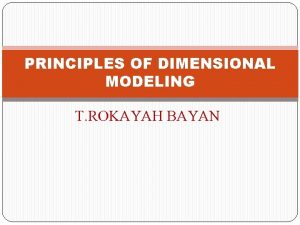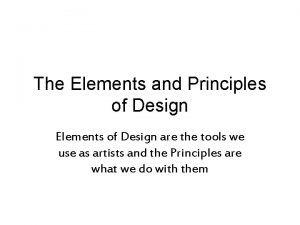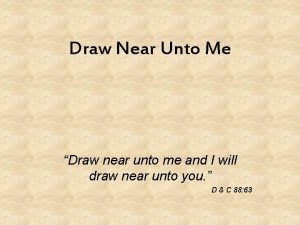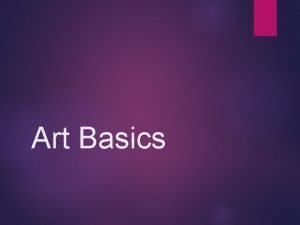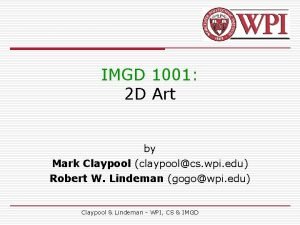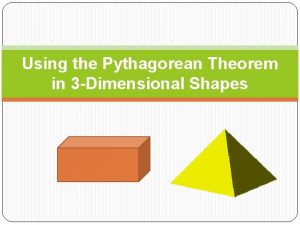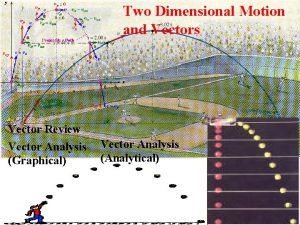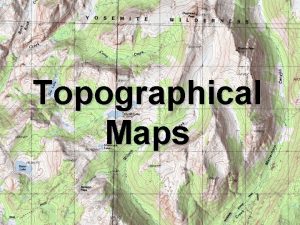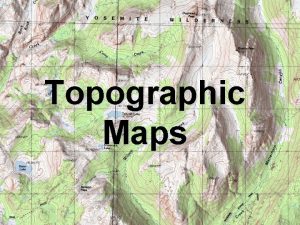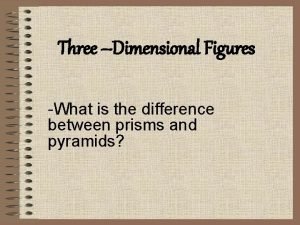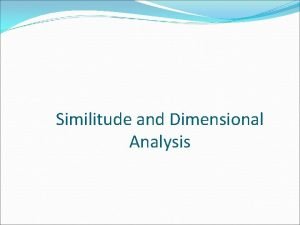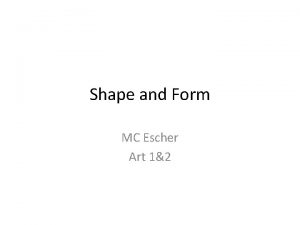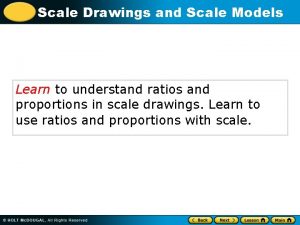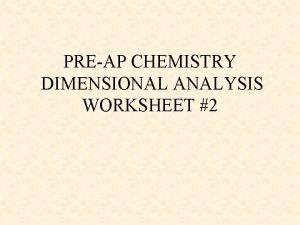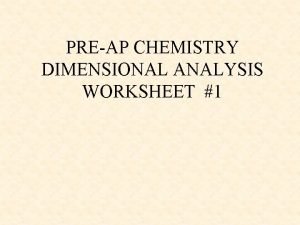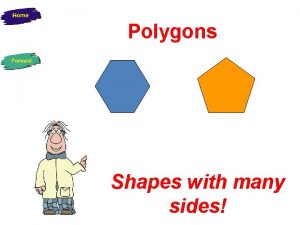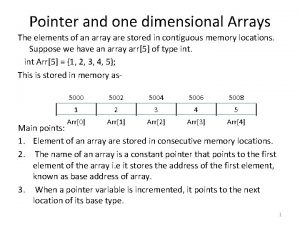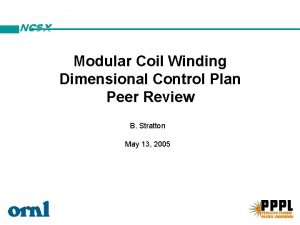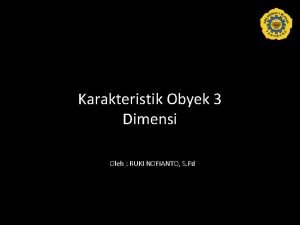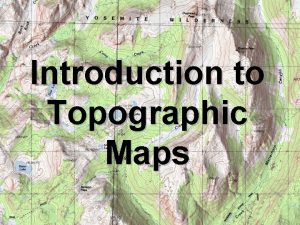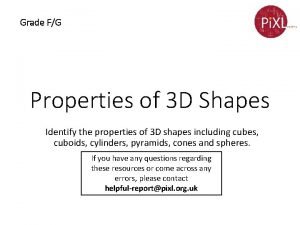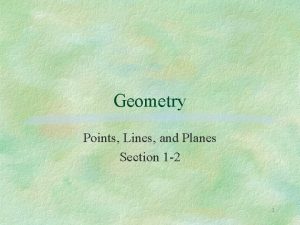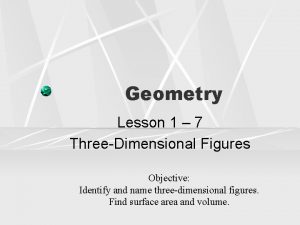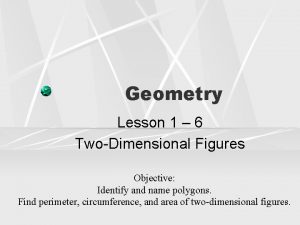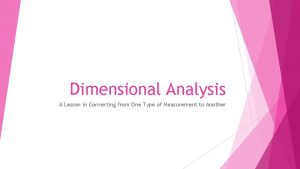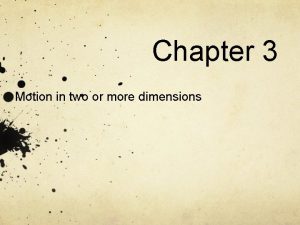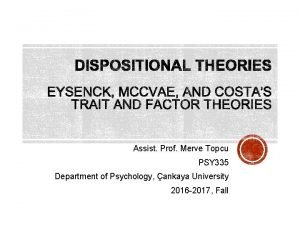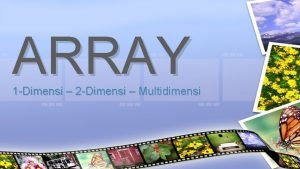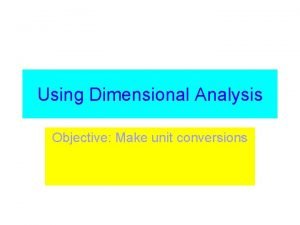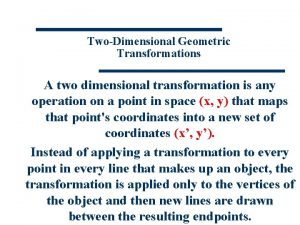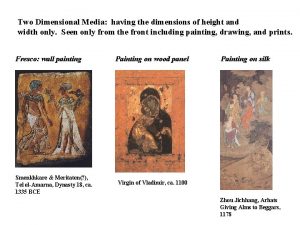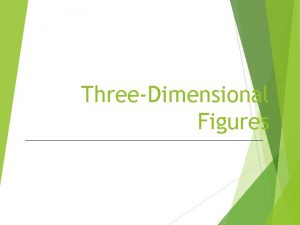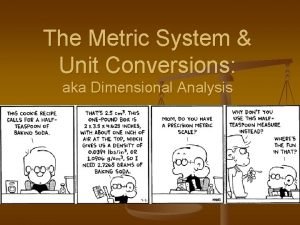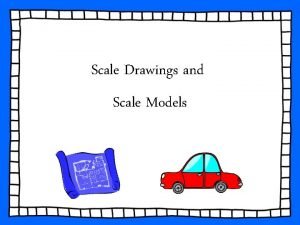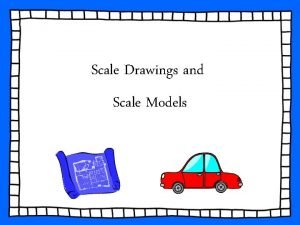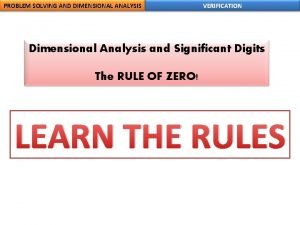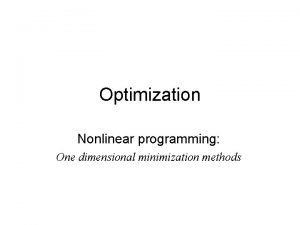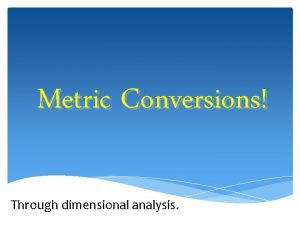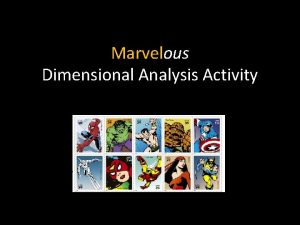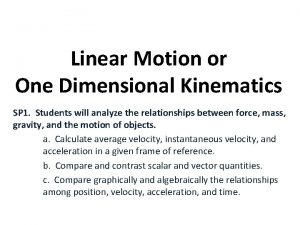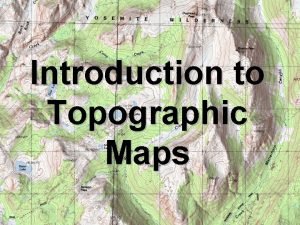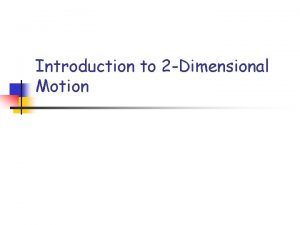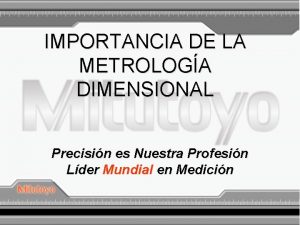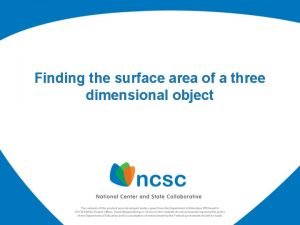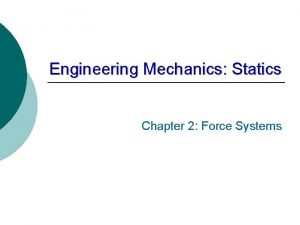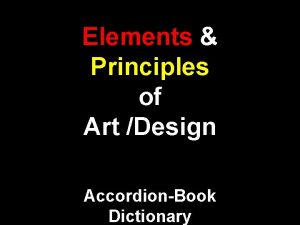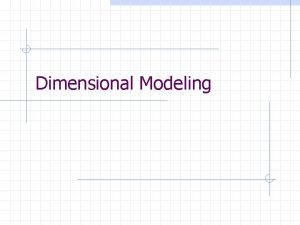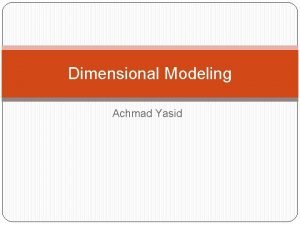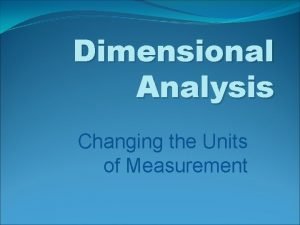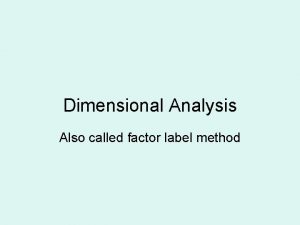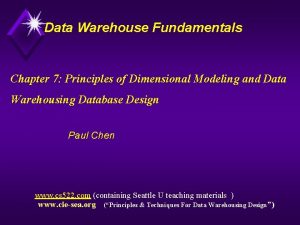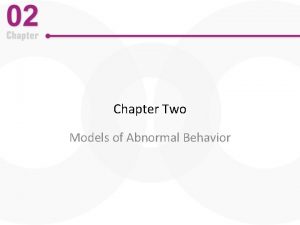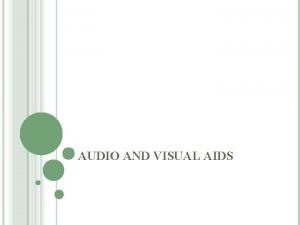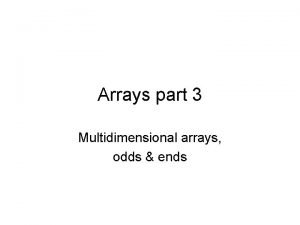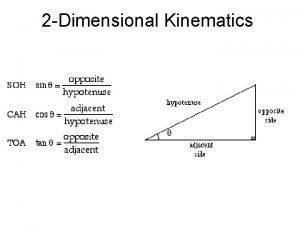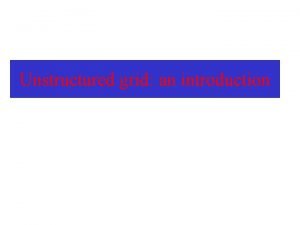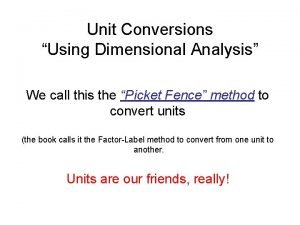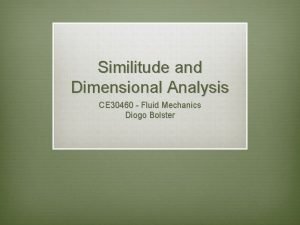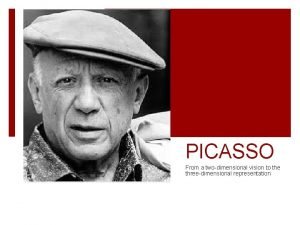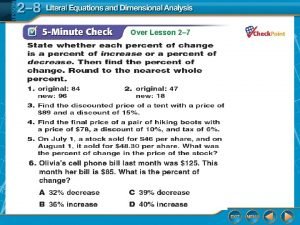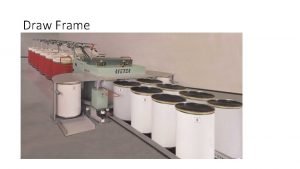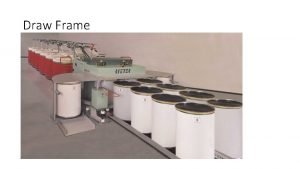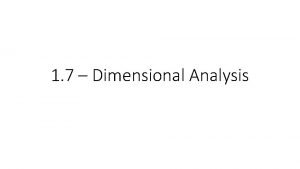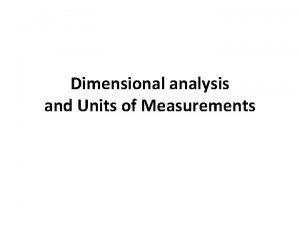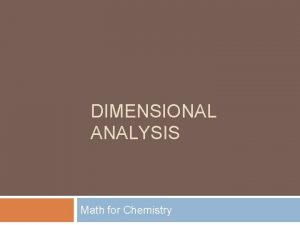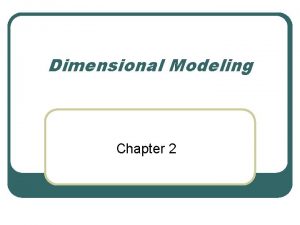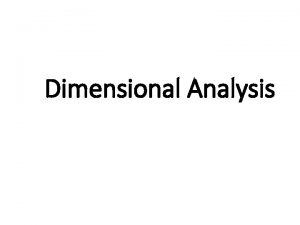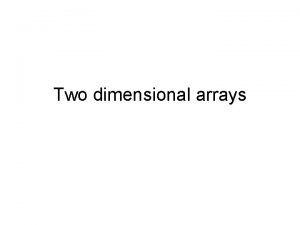Art Basics Types of Art 2 Dimensional draw

Art Basics

Types of Art 2 -Dimensional (draw, paint, collage)

2 -D: Photography

2 -D: Graphic arts

3 -Dimensional: Sculpture

3 -D: Architecture

2 -D/3 -D: Textiles

Elements of Art AND THE PRINCIPLES OF DESIGN

Elements of Art (what we have to work with) The basic components used by the artist when producing works of art. They are among the literal qualities found in any artwork. Line Shape Color Form Space Texture

Line – the path of a moving point through space • 5 types of lines - Horizontal – lines which run parallel to the ground - Vertical – lines that run up and down - Diagonal – slanted lines - Zigzag – lines made from combined diagonal lines - Curved – lines that express movement in a graceful, flowing way.

How many different lines do you see? Name them.

Van Gough



Shape – An enclosed space defined by other elements of art Geometric Organic

geometric organic

Shape Geometric Piet Mondrian Organic Georgia O'Keeffe


Color What the eye sees when light is reflected off an object

Color has 2 properties (traits) Value intensity

Value – the lightness or darkness of a hue. - can be changed by adding white or black, using different pressure of a pencil, or adding more or less marks

value Chuck Close, Fanny

Intensity – the brightness or dullness of a hue Pure hues – high intensity (red, green, yellow) Dull hues = low intensity (brown)

Color - Intensity Henri Paul Gauguin

Form An element of art that is 3 dimensional and encloses volume and has mass


Form Moses Michelangelo

Space – the distance between, around, above, below, or withings Positive Space Negative Space The shapes or forms The empty space between the shapes


Jim Dine

Space through depth

Texture - The way things feel, or look as though they might feel, if touched

Actual Texture

Implied texture


Homework Take a photo of each of the Elements of Art and the sub-categories (10). Line Shape: Geometric organic Color Value intensity Form Space Positive/negative distance Texture

Principles of Design (how we use the elements) Certain qualities inherent in the choice and arrangement of elements of art in the production of a work of art. Balance Proportion/Scale Emphasis/contrast Rhythm movement Variety Unity/Harmony

Balance – the way the elements of art are arranged to create a sense of stability Formal - symmetrical

Georgia O’Keeffe

Balance Informal - asymmetrical

Edgar degas suerat

Radial – elements or objects in an art work are positioned around a center point

Radial balance M. C. Escher

Proportion – the principle of art concerned with the relationship of one part to another and to the whole Correct size or placement Comparing sizes



Skewed proportion

Skewed proportion

Emphasis – to develop points of interest to pull the viewer’s eye to important parts of the body of the work.


How does this artist create emphasis in this painting?

Rhythm – the repeating of an element to make a work seem active or to suggest vibration



Movement – to create the look and feeling of action and to guide a viewer’s eye throughout the work of art.

Actual movement


Implied movement

Implied movement Starry Night, Vincent Van Gough

Variety – the principle of art concerned with combining one or more elements to create interest by adding slight changes.

Variety Louis Nevelson

Harmony – the principle of art concerned with blending elements to create a more calm, restful appearance.

Harmony The Last Supper – Leonardo da Vinci

Unity - the arrangement of elements and principles with media to create a feeling of completeness or wholeness. Andrew Wyeth

Drawing Issues Line Quality Light and Shade Rendering of Form Composition Surface Manipulation The Illusion of Depth Mark Making

Line Quality Describes the appearance of a line Can add interest to a drawing Also conveys moods or emotions - thick/thin - bold/crude - delicate/subtle - cold/impersonal - free/expressive

Line quality

Light and Shade See value notes

Light and Shade

Rendering of Form

Rendering Form

Composition In the visual arts, putting together the elements of art and principles of design using conscious thought.

Surface Manipulation

The Illusion of Depth Perspective

The illusion of Depth

The illusion of depth

Mark Making

Mark making

Homework – due 9/16 Each word and definition will be a Third to a Half of a page Write each word in bubble or block lettering Illustrate each word, print an example of artwork and create your own design for each word to demonstrate your understanding of each definition



Elements & Principles of Design Matrix Name: ______________ Pd. : _____ Balance Movement Variety Rhythm Proportion Unity Emphasis Line Shape Form Color Value Texture Space

- Slides: 83

